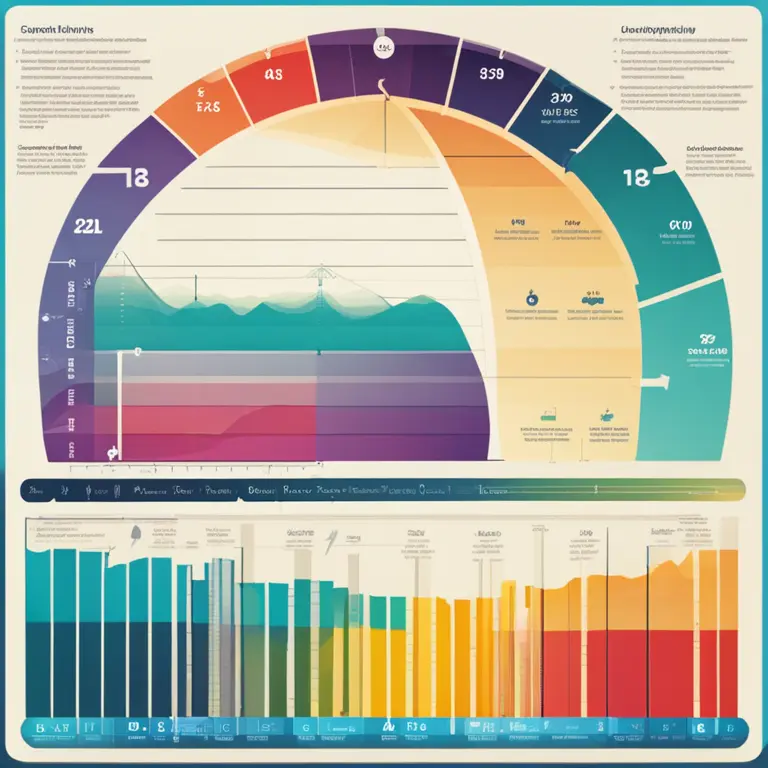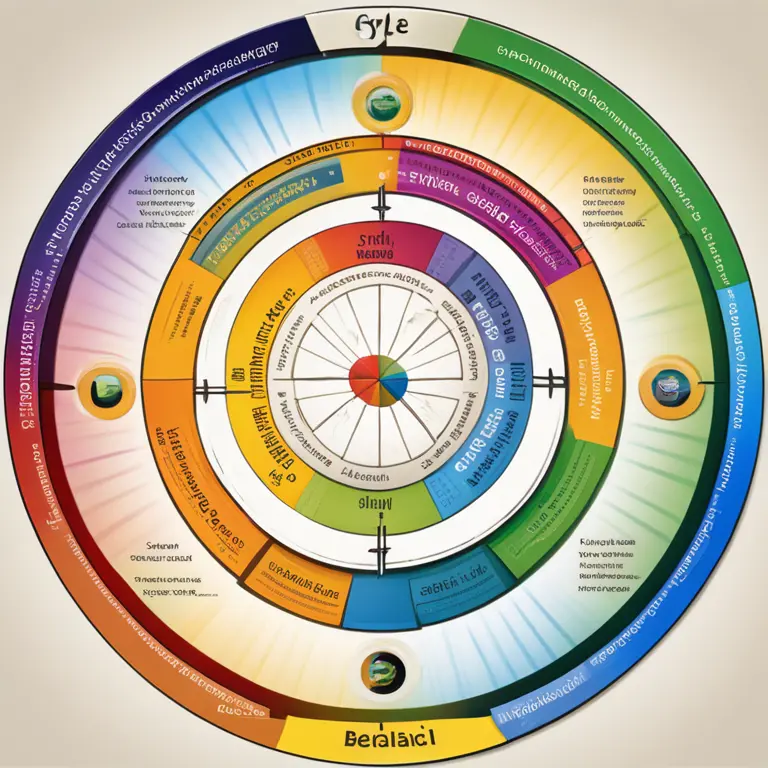
The Essence of Biorhythm: Life's Natural Cycles
Discover the concept of biorhythm, the rhythmic cycles that are believed to regulate various aspects of our physical, emotional, and intellectual well-being.
article by Adrian Wallace
Defining Biorhythm
Biorhythm theory posits that from the moment of our birth, we are influenced by natural physiological cycles that affect our physical, emotional, and intellectual capabilities. This concept, dating back to the late 19th century, suggests that understanding these patterns can offer insights into our daily lives. The theory divides these cycles into three primary biorhythms: the 23-day physical cycle, the 28-day emotional cycle, and the 33-day intellectual cycle. Each cycle oscillates between positive and negative phases, ostensibly influencing our daily functioning.

The Three Core Cycles
The physical biorhythm is said to govern aspects like strength, coordination, and overall vitality. When the cycle is in the positive phase, our physical state is purportedly at its peak, translating to better health and resilience. Conversely, during the negative phase, we might feel physically drained or prone to accidents. The emotional biorhythm is thought to sway our mood, creativity, and sensitivity. A positive emotional cycle can enhance communication and emotional well-being, while a negative one might lead to mood swings and a pessimistic outlook. The intellectual biorhythm allegedly dictates our analytical abilities, memory, and learning. In its positive phase, mental acuity is supposedly at its finest, while the negative phase could result in a lackluster cognitive performance.

Calculating Biorhythms
With advancements in technology and the proliferation of personalized wellness apps, calculating one's biorhythm has become quite accessible. Users can input their date of birth, and the app will compute their cycles, often providing a visual graph to represent the highs and lows of each biorhythm. This tool is popular among those seeking to enhance self-awareness or looking for an edge in planning events or activities according to their cycles.

Scientific Scrutiny
Despite the intrigue biorhythm theory inspires, it has faced substantial scientific skepticism. Critics highlight the lack of empirical evidence supporting the theory's claims and disparage it as pseudoscience. However, proponents argue that anecdotal experiences and personal reports contribute to its ongoing popularity. The debate over biorhythm's credibility remains open, with researchers continuing to explore the intersection of chronobiology and daily life.

Applying Biorhythm in Daily Life
For those who subscribe to biorhythm theory, these cycles can inform decisions ranging from when to schedule an athletic competition, a job interview, or even social interactions. While its scientific foundation may be contested, the appeal of seeking patterns and attempting to optimize life's outcomes is a human tendency. Thus, biorhythm remains a topic of curiosity for many individuals trying to make sense of the ebb and flow of daily life.
Conclusion
The idea of biorhythm reflects a human desire to discern patterns in life and potentially harness them for personal benefit. Whether one views biorhythms as a valuable tool or a scientifically ungrounded concept, the interest it continues to garner is a clear sign that our search for self-understanding is unceasing. As we progress into 2024 and beyond, the dialogue between science and individual belief systems will inevitably shape the future of biorhythm theory and its application in our daily lives.
Published: 1/25/2024
Modified: 1/25/2024
More predictions
Come back here soon to learn more about yourself and your future


The Basis of Biorhythms: Biological Cycles Explored
Delve into the foundations of biorhythms and discover how these natural cycles influence our daily lives and well-being.


Your Biorhythm Horoscope Handbook
Discover the intriguing intersection of biorhythms and astrology. Learn how tracking your biological cycles can provide insights into your physical, emotional, and intellectual well-being.


The Principles of Biorhythm Cycles
Discover the fundamental principles of biorhythm cycles and how they influence daily life and personal well-being in this insightful article.